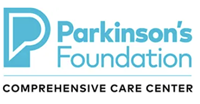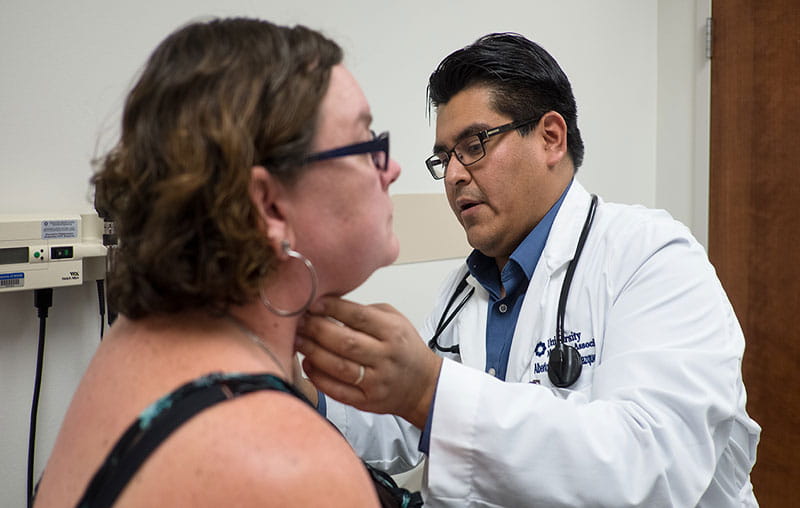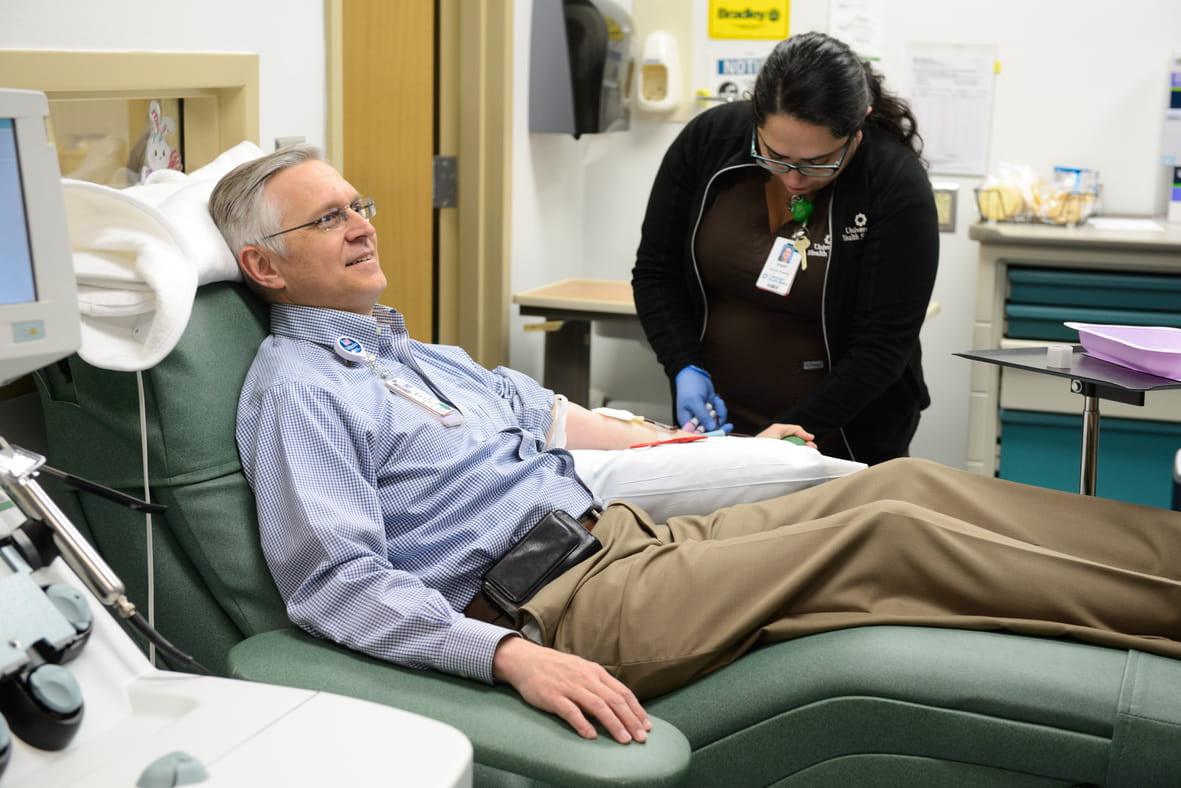Parkinson’s disease is a neurological disorder that affects movement, but it can cause many different symptoms. Learn what you should watch for.
Nearly 90,000 Americans are diagnosed with Parkinson’s disease in any given year, making it the second most common neurodegenerative disease behind Alzheimer’s disease.
While you might be familiar with the name of the condition and may even know someone who has it, how much do you know about Parkinson’s disease? As we mark Parkinson’s disease Awareness Month this month, take a few minutes to get the facts.
What Is Parkinson’s Disease?
Parkinson’s disease is a brain disorder that causes tremor, stiffness, and slowness. The disease occurs when cells in the basal ganglia, the part of the brain responsible for movement, are damaged or die.
Those cells are responsible for producing a chemical called dopamine, and when the cells are damaged, they produce less dopamine than what’s needed to control body movements.
What Are the Symptoms of Parkinson’s Disease?
Parkinson’s disease affects the body in many ways. The National Institute on Aging defines four main symptoms of the disease:
- Impaired balance and coordination
- Muscle stiffness
- Slowed movements
- Tremor in the hands, arms, legs, jaw or head
Early symptoms of Parkinson’s can be subtle. Keep an eye out for these signs, identified by the Parkinson’s Foundation:
- Constipation
- Difficulty moving or walking
- Softening voice
- Dizziness or fainting
- Handwriting changes
- Losing sense of smell
- Masked face
- Restless sleeping
- Stooping of posture
- Tremor while at rest
Most of these symptoms are self-explanatory, but you may wonder what “masked face” is. Masked face, or facial masking, is when you develop a concerned, serious, depressed or even angry expression that lingers on your face, even when you aren’t experiencing those feelings.
Many symptoms of Parkinson’s are non-specific and can also be caused by less serious conditions. If you’re experiencing any of the symptoms without a known cause, talk with your primary care provider. It’s a good idea to have your symptoms evaluated.
How Parkinson’s Disease Is Treated
If you are diagnosed with Parkinson’s disease, you may be referred to a neurologist or a movement disorder specialist with experience in treating the disease.
There’s no one-size-fits-all for treating Parkinson’s disease because it can cause many different types of movement and non-movement symptoms. After a diagnosis, your care team will put together a personalized treatment plan for you that’s based on your specific health condition and symptoms.
While there’s no curative treatment for Parkinson’s disease, there are multiple treatment options to help relieve symptoms. Many treatment plans include medications, which can be used to increase dopamine in the brain, stimulate or impact other brain chemicals, and control non-movement symptoms.
Deep brain stimulation is also a commonly used treatment for Parkinson’s disease. This type of treatment, which is used for those whose symptoms don’t respond well to medications, involves implanting electrodes in the brain and painlessly stimulating the parts of the brain that control movement.
Along with these treatments, your treatment plan may also include physical, occupational and speech therapy, along with recommended lifestyle changes, including regular physical exercise.
Neurology Care at University Health
Our academic partner, UT Health San Antonio, is a Parkinson’s Foundation designated Comprehensive Care Center. University Health is a partnering site, so UT Health doctors and therapists collaborate with University Health providers to provide care.
Learn more about the Parkinson’s care provided at the University Health Neuroscience Center of Excellence.





